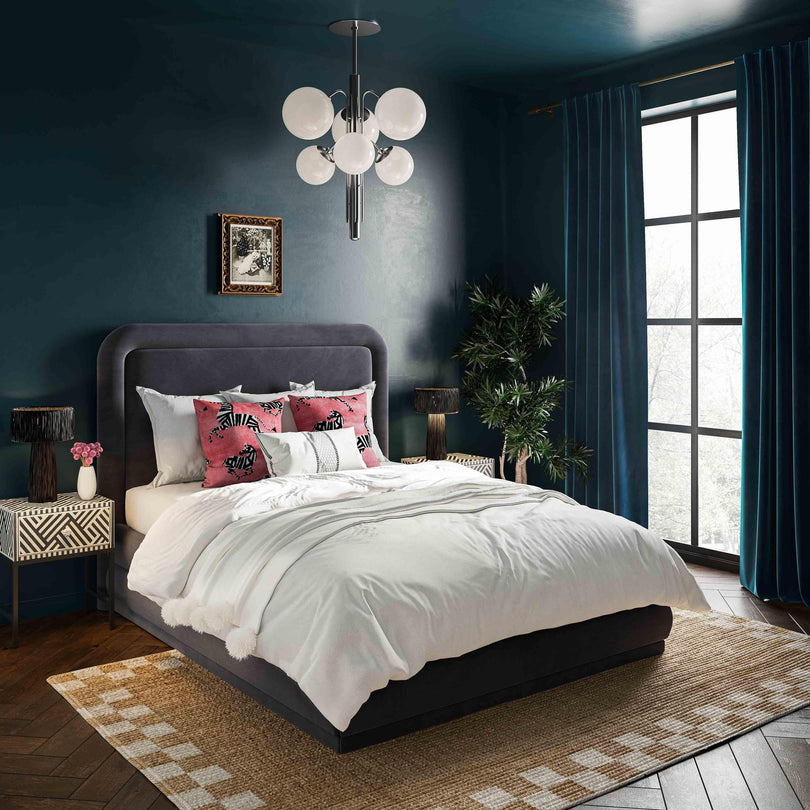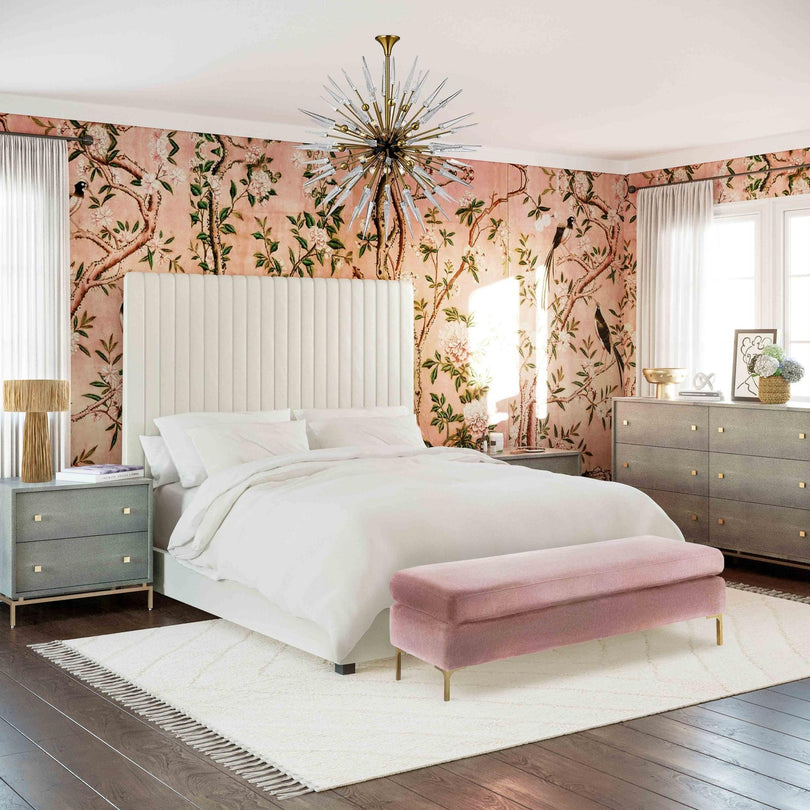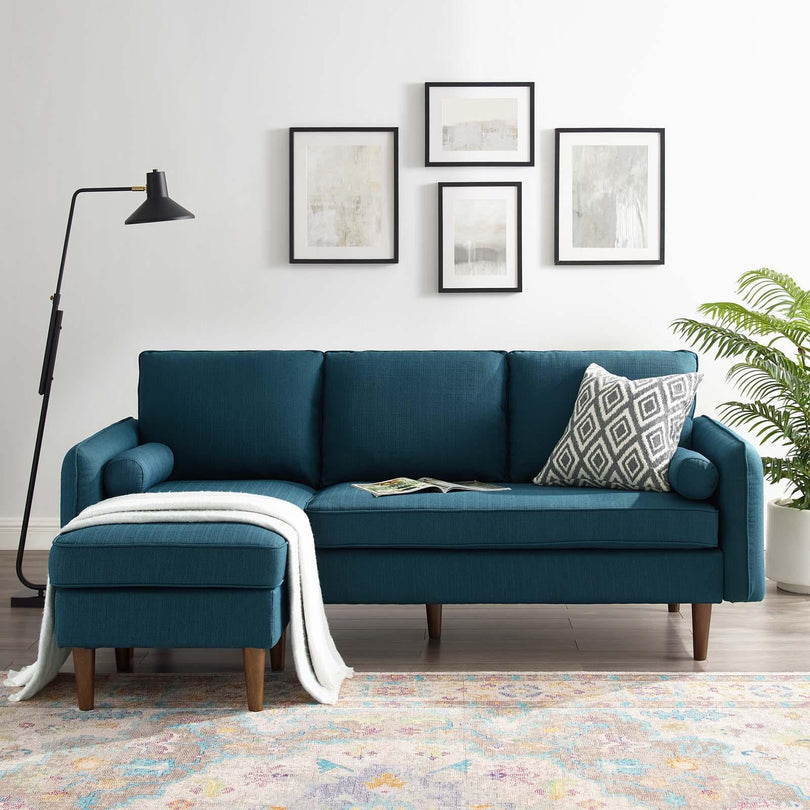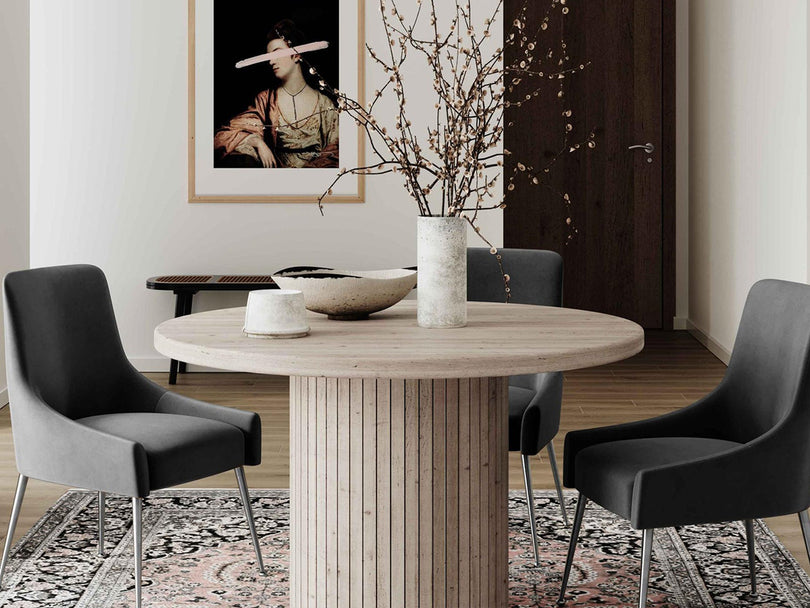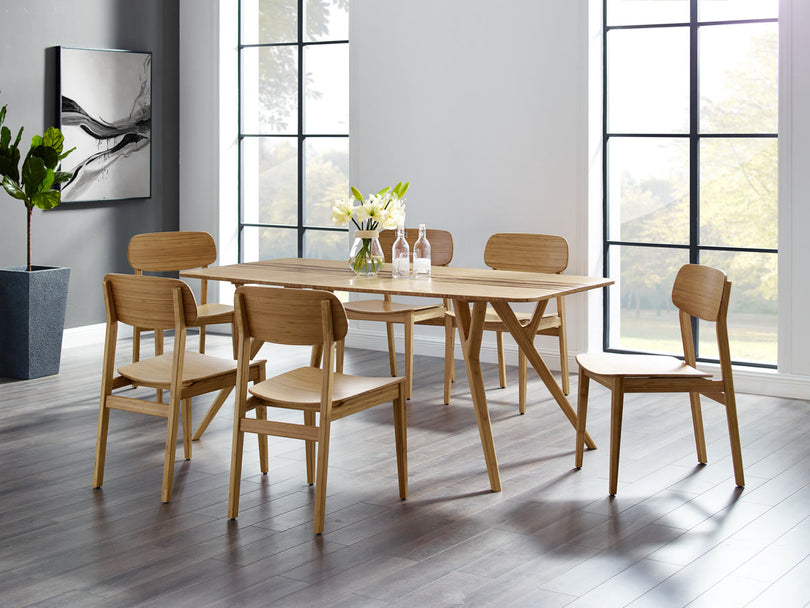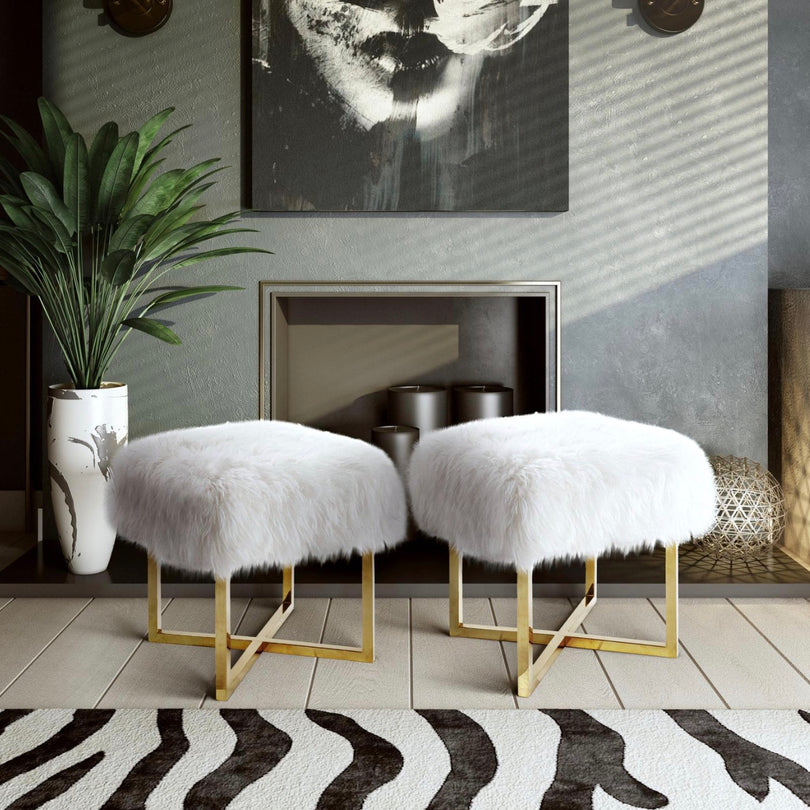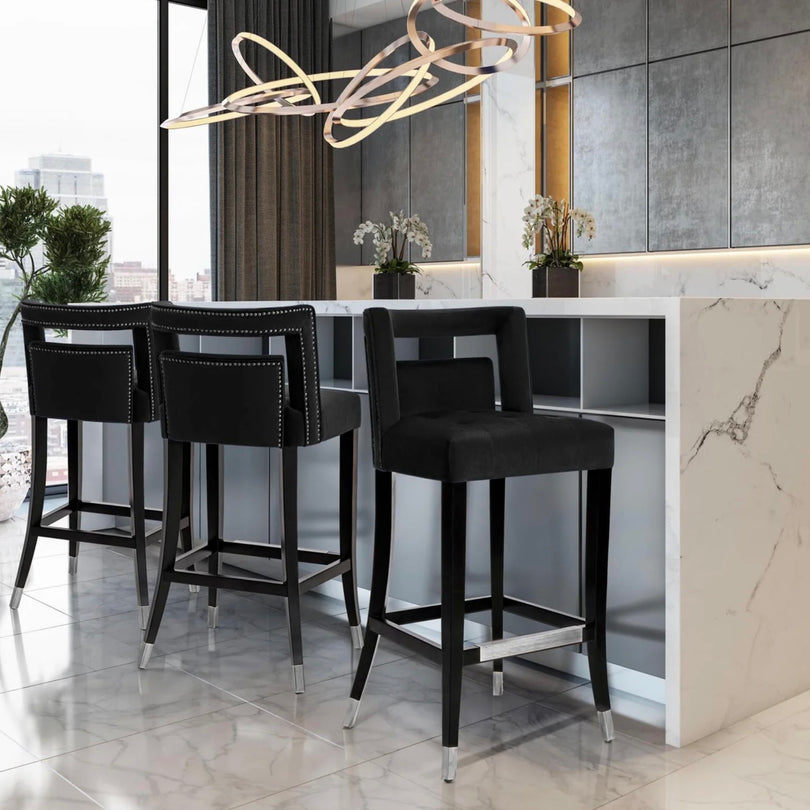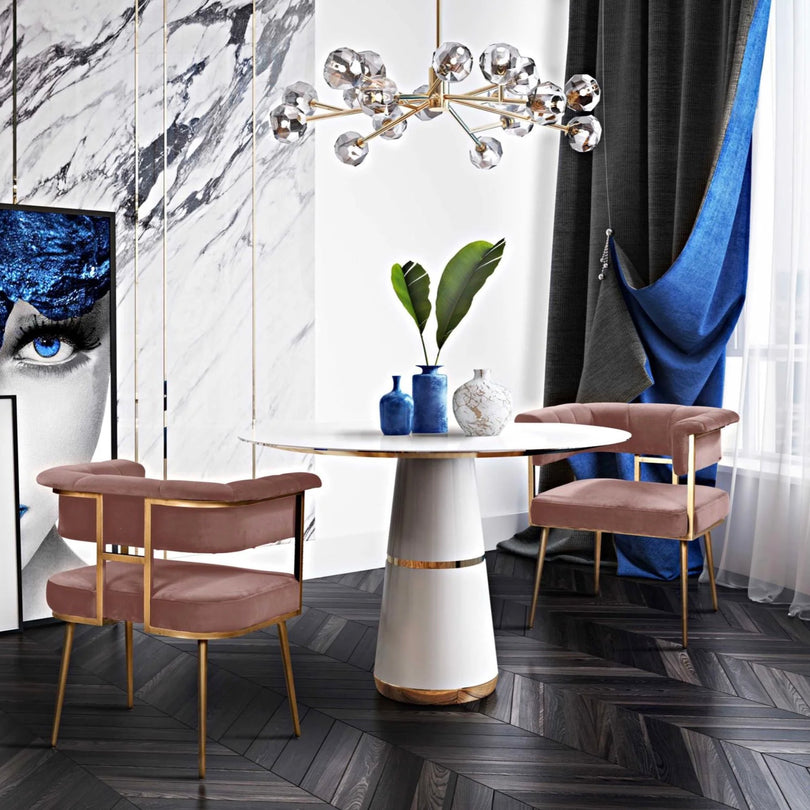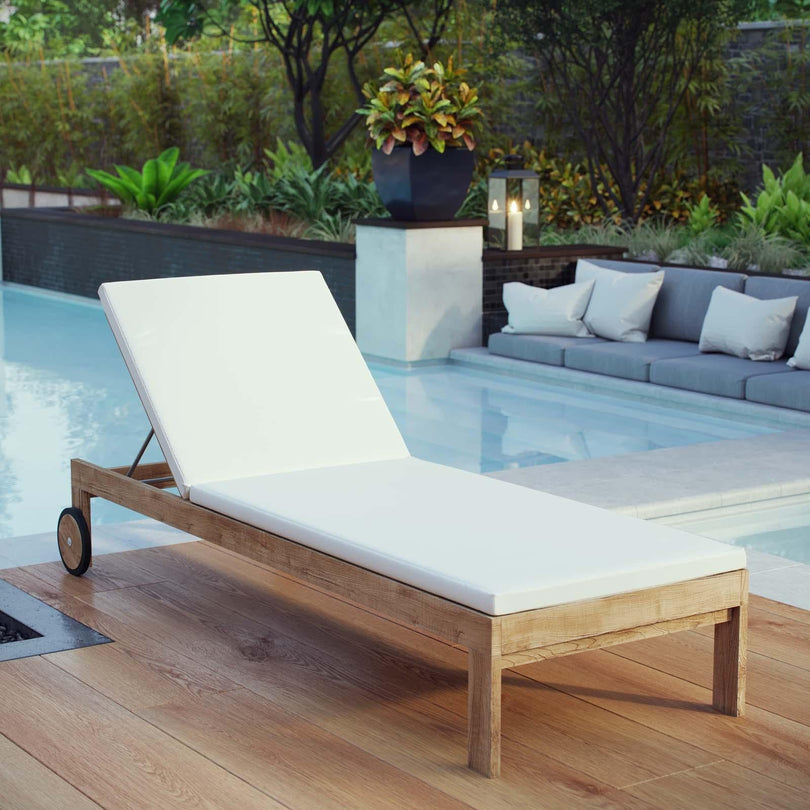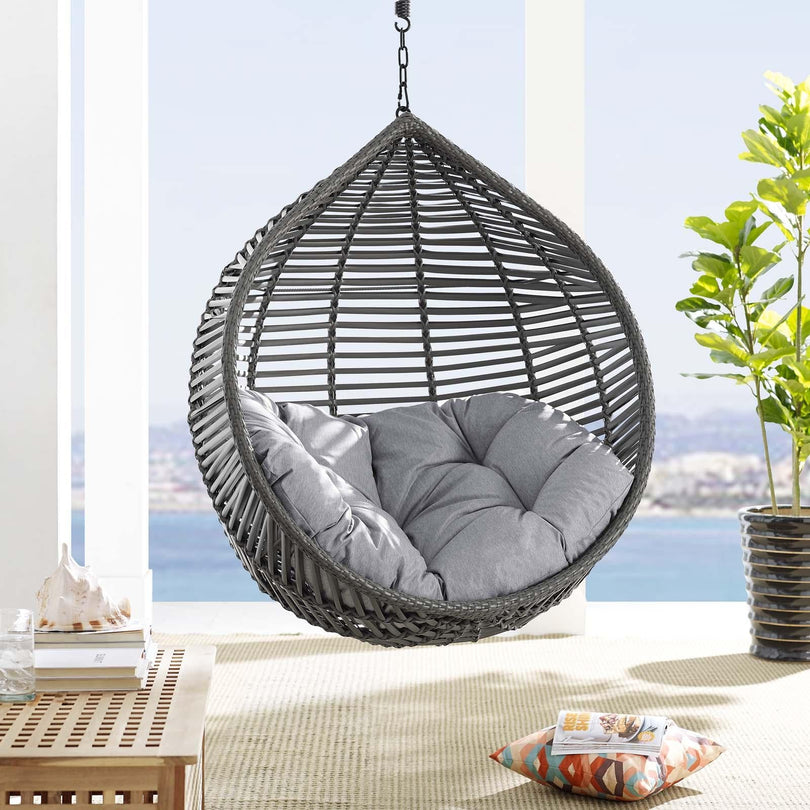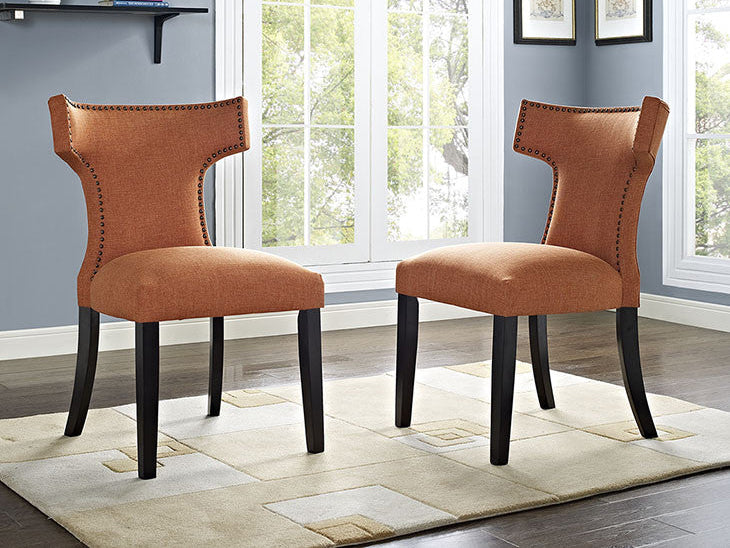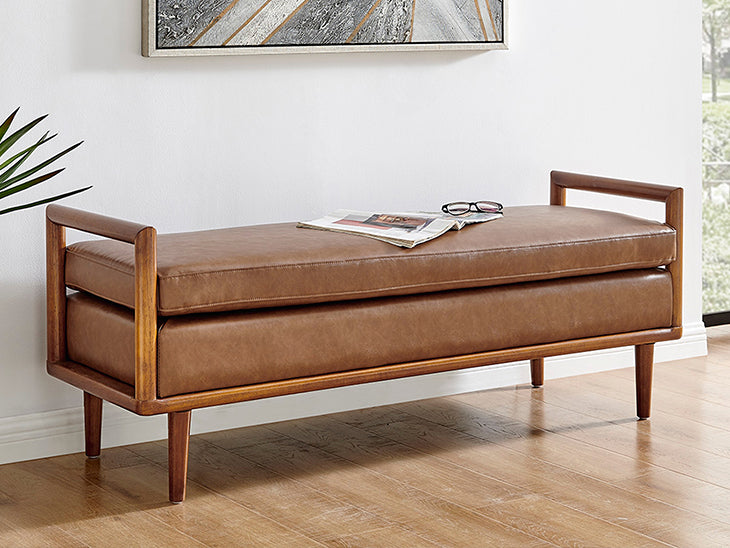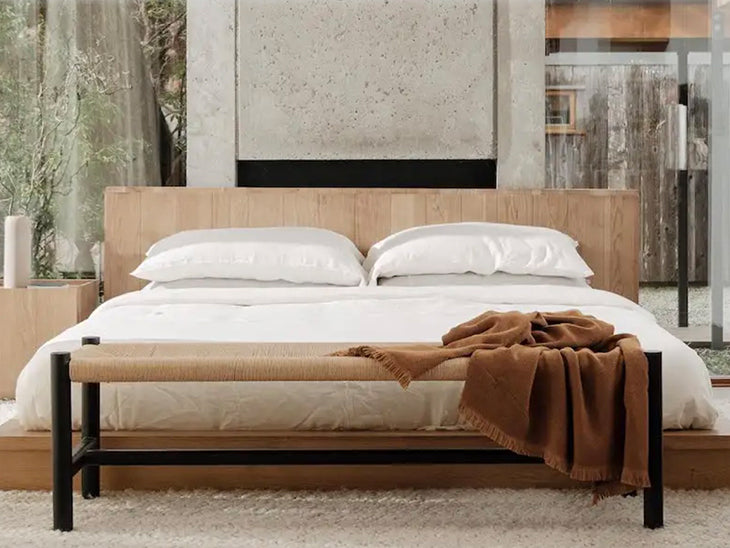With the pitter-patter of human life echoing around us, spending time at home has taken on new dimensions of comfort and functional design. Our living spaces, from chic flats to cozy cottages, are undeniably reflections of who we are. They encapsulate our tastes, our values, and often, our aspirations. At the heart of these spaces, gracefully tying them together, is our choice of furniture. If you're curious about the world of interior trends, especially the predicted minimalist furniture trends for 2024, then you're in luck.
This article sails across various fields of the vast and intricately structured furniture industry, analyzing its current state from the second-hand furniture market to why natural materials are taking the crown. It will then probe further to speculate the impending growth driven by the preferences of an average furniture consumer. We also shed light on the principles of sustainability that furniture manufacturers have begun to incorporate.
As we traverse across this broad landscape of the furniture industry, we introduce you to the stunning design trends expected to take over the 2024 market - minimalism being the star of the show. So, hold your breath as we guide you through what minimalist design insights look like. From multi-functional designs to retro revival, biophilic flair to tech-integrated smart furniture, this article has it all. But we're not just stopping there; we even peek at the revolutionary 3D printing techniques making waves in furniture manufacturing.
By the end, you will find your understanding of minimalist furniture expanded, your love for interior design ignited like never before, and your ideas for your own living space refreshed. Welcome aboard – it's going to be a captivating journey!
Current State of the Furniture Industry
The furniture industry is one of the most dynamic sectors today. It has seen a continual transformation and growth through the years, in line with shifting consumer trends and the evolving nature of living spaces. The focus of this particular exploration is on three fascinating aspects of the industry: the burgeoning second-hand market, the impressive compound annual growth forecast for the modern furniture market, and understanding why wood continues to dominate as the choice material.
Evaluation of the Second-hand Furniture Market
The second-hand furniture market is experiencing a noticeable surge, driving a significant part of the industry's evolution. The rising trend of reusing and recycling, driven by environmental and sustainability concerns, has resulted in an engaging turnaround for this segment. The market value of the second-hand furniture segment is poised to touch a significant USD 29.80 billion by 2024. These developing consumer attitudes towards the favorable purchasing of second-hand items indicate the blooming growth of this efficient, eco-friendly alternative.
Compound Annual Growth of the Modern Furniture Market
Beyond re-purposing, there's also a shift towards modernism in furniture selection. More homeowners are gravitating to contemporary styles, offering simple lines, functional structures, and minimalistic designs. Projected to hit multi-million figures by 2032, the modern furniture market is intensely expanding on an upwards trajectory. The yearning for simplicity and functionality in home décor, coupled with the innovative use of materials and technology in furniture design, fuels this exciting growth.
Why Wood Dominates the Market
Despite the modernist swing, traditional materials are far from being overlooked. In fact, wood has maintained a formidable presence in the furniture market. In 2024, wood commanded a staggering 43.1% share of the market. Further projections indicate a robust compound annual growth rate of 5.5% for wooden furniture until 2034.
This dominance stems from various factors, including the aesthetics, durability, and versatility that wood offers. Additionally, with the increasing focus on sustainability, sources of wood are becoming more responsibly managed, reinforcing its popularity among environmentally-conscious consumers.
As we delve deeper into the furniture industry's changing landscape, it's crucial to recognize these shifts. From the growing interest in second-hand and modern items to the continued prevalence of wood, each aspect significantly impacts the industry's overall narrative. The challenge forward lies in balancing these trends with innovation and sustainability as the industry evolves.
Expected Growth of the Furniture Industry
As we look ahead, some industries face fluctuating futures due to market instability, latest technology updates, or even changing consumer behavior patterns. However, the Furniture Industry presents a more optimistic forecast, with growth expected across multiple aspects. This article will delve into the anticipated growth trends within the Furniture Industry, touching on projected market growth, consumer income ranges, and an examination of recent changes in furniture sales.
Projected Growth of the Furniture Market
Financial analysts predict strong potential for growth in the Furniture Market in the coming years. From 2024 to 2029, the industry is set to experience a substantial upturn, with projected growth of about 9.04%. This significant rise propels the market towards an expected market volume of a whopping USD 266.80 billion by the end of 2029. This predicted growth reinforces that the Furniture Market is far from reaching a saturation point and continues to serve as a lucrative sector.
Income of an Average Furniture Consumer
Understanding the demographic profile of consumers within an industry is fundamental for strategizing marketing efforts and targeting the right audience. In the Furniture Industry, the average consumer tends to fall within an income range of approximately $50,000 to $75,000. This income grade signals a consumer group with increased financial stability and purchasing power. Catering to this audience's needs and preferences could create opportunities for higher sales volumes and increased market prominence.
Growth of Furniture Sales
The rise in furniture sales in recent years offers another perspective on the Furniture Industry's expansion. Comparing statistics from 2019 and 2022, there has been a surge in furniture sales by about 14.5 billion USD, marking an impressive 24% increase within just three years. The sales growth underscores the ever-growing public interest in home décor, interior design, and quality furniture – adding to the optimistic growth forecast for the Furniture Industry.
As we gaze into the crystal ball of the future, the Furniture Industry undeniably stands out with promising growth forecasts and opportunities. Whether it pertains to the anticipated market volume increase, the average income level of furniture consumers, or the evident growth in furniture sales – there's every indication that this industry is on an upward trajectory.
Popular Design Trends for 2024
Get ready to transform your space with the anticipated design trends for 2024. In this brief discussion, we'll be exploring some notable trends that interior design enthusiasts can't wait to embrace. Let's dive deep into the future of design, from a predicted rise in the sales of stationary furniture products to the continued love affair with Scandinavian style, and not forgetting the embracing of maximalism in its various forms.
Expected Increase in Sales of Stationary Furniture Products
A noticeable trend predicted for the design industry in 2024 relates to the anticipated significant increase in the sales of stationary furniture products. As per recent surveys, approximately 32% of respondents expect an increase in this area. While moving furniture pieces offer versatility and flexibility, the return to stationary products signals a desire for stability, permanence, and perhaps a reflection of our longing for simplicity in our fast-paced digital world.
The Rise of Scandinavian Style
Scandinavian style continues to command attention in the world of interior design. Admired for its clean lines, functional design, and a thoughtful blend of form and function, it's no surprise to pundits that this school of design retains its popularity. This style of furniture embodies minimalist design at its best.
While Scandinavian pieces are often understated, they don't shy away from making impactful design statements. They do this by combining aesthetics with practicality, resulting in spaces that are not just beautiful but entirely livable.
Maximalism and Other Design Styles
The design forecast for 2024 also sees the maximalist style continuing to delight fans. This trend appears as a response to the "less is more" minimalist approach that has dominated design trends for a good while. Maximalism luxuriates in excess, reveling in bold colors, rich textures and an ornamental aesthetic.
Interestingly, other design styles expected to rise in popularity include undone maximalism, Japanese Wabi-Sabi, merging a love for excess with the beauty found in imperfection. As design trends continue to evolve, it's safe to say that 2024 promises to be an exciting year for interior design enthusiasts worldwide.
So, whether you’re merely refreshing your existing space, or you’re investing in new pieces, be assured that 2024 brings with it an array of design trends to suit various tastes and preferences. Remember, in the end, the best design trend to follow is the one that feels like home to you.
The Thriving Furniture Industry and Sustainability
In the era of climate change awareness, the thriving furniture industry stands at a decisive intersection. As consumers increasingly prioritize eco-friendliness in their purchasing choices, furniture manufacturers now face an inevitable question: How can they adapt their production processes to maintain growth while also protecting the environment?
Today, it's far from business as usual, as stakeholders within the furniture industry are realizing the role they can play in sustainable development. They are adapting innovative eco-friendly production methods and materials that significantly reduce their environmental impact while continuing to offer high-quality products.
Eco-friendly Production Methods and Materials
Over the past few years, an increasing number of furniture manufacturers have started to embrace sustainable, eco-friendly production methods and materials. They're doing this through various strategies, such as:
- Reducing Waste: Manufacturers are designing furniture with longevity and minimal waste in mind, cutting down on both materials and energy usage. For example, the use of precision-cutting technology helps reduce waste by ensuring each piece of raw material is optimally utilized.
- Using Sustainable Materials: More and more manufacturers are sourcing sustainably grown wood and bamboo, which are highly renewable resources. The use of recycled materials, such as metals and plastics, has also become more prevalent.
- Implementing Energy-Efficient Processes: Many companies are now leveraging energy-efficient manufacturing techniques, like solar energy or other renewable energy sources, to reduce their carbon footprint.
"Every small effort contributes towards a bigger change."
This change in manufacturing ethos not only benefits the environment but is also proving to be good for business, as it often results in cost savings in the long run. Meanwhile, consumers are responding positively, recognizing that every purchase of a sustainably produced item supports a future where both business and nature can thrive.
The future of the furniture industry depends, to a large extent, on its ability to balance economic growth with environmental sustainability. As this transition becomes a necessity, companies that are proactive in embracing this shift will undoubtedly reap the rewards in an increasingly eco-conscious marketplace. With the right approach, the thriving furniture industry can lead the way in demonstrating that sustained economic growth and environmental sustainability are indeed compatible.
Focus on Minimalist Furniture Trends for 2024
Minimalist Design Insights
Minimalist design is set to dominate the furniture trends in 2024, emphasizing clean lines, simplicity, and sophistication. It's all about making every element count while retaining a sense of balance and tranquility in the space. Characterized by streamlined forms, functional designs and neutral color palettes, minimalist decor is gaining a massive following due to its ability to create a serene and inviting environment.
Multi-functional Design
In 2024, we'll see a rise in the demand for multi-functional furniture. Modern lifestyle often calls for adaptability as apartments become more compact. Multi-functional pieces not only save space but also bring a sense of purpose to each item in a room. Think convertible sofas, extendable dining tables and coffee tables with hidden storage spaces. Comprehensive functionality paired with sleek aesthetics is indeed the way forward.
Retro Revival
Next year's furniture trend points towards the classics – the retro revival. Vintage styles with a modern twist will provide spaces with a unique and charming personality. Art deco and mid-century modern pieces will be revisited with fresh fabrics and contemporary colors, capturing the nostalgic mood with an updated feel.
Biophilic Design
Biophilic design, a concept that brings outdoor elements indoors, is another minimalist furniture trend to look forward to in 2024. This philosophy emphasizes nature-inspired materials, natural light, vegetation, and nature views. This trend fosters a harmony between our living spaces and the natural world around us, improving well-being and peace of mind.
Sustainable Minimalism
Sustainability is a global, ethical concern, and it's influencing minimalist furniture trends as well. Sustainable minimalism will include eco-friendly materials, energy-efficient manufacturing, and ethically sourced products. We'll see an upsurge in the acceptance of reclaimed wood, bamboo, and other sustainable materials in minimalist design.
Tech-integrated Smart Furniture
Technological advancements are revolutionizing every aspect of our lives, including furniture. The trend of tech-integrated smart furniture will be more evident in 2024, bringing designs that facilitate wireless charging, contain built-in speakers, LED lights, and more. This innovation combines functionality, aesthetics, and tech convenience in one package.
New Ventures into 3D Printing
3D printing is a groundbreaking technology that has the potential to change the entire manufacturing landscape. For minimalist furniture trend in 2024, this means unlimited customization and unique design possibilities. It minimizes waste and allows for an unprecedented level of detail, making 2024 an exciting time for interior design and decor enthusiasts.
So if you're interested in revamping your space or keeping up with the latest design trends, don't forget to check out the Best Minimalist Furniture Trends for 2024!
Florida's Furniture Stores Business
In recent years, Florida has seen an impressive expansion in its local furniture stores business. Experts predict promising growth for this thriving industry, anticipating the market to proliferate to an staggering USD 11.1 billion over the next five years until 2024. This growth is largely driven by the sunshine state's burgeoning economy, surging population, robust tourism, and its reputation as a retirement paradise.
There are several factors contributing to the thriving industry. Analysts point to how the increasing population in Florida boosts the demand for residential furniture. People moving into their new homes or simply looking for a makeover, can't resist the high quality and unique designs offered by Florida’s local furniture stores.
Additionally, Florida's reputation as a popular tourist destination has played a significant role. With a fleet of resorts, vacation homes, and hotels operating around the clock to accommodate tourists, the demand for commercial furniture has skyrocketed.
Moreover, Florida's status as a prime spot for retirees furthers the booming furniture business. As more seniors flock in for a serene coastal retirement, they often bring about a wave of home refresh or refurbishing, leading to a boom in local furniture store sales.
However, Florida's furniture store industry is not just all sunshine, it has its share of challenges. The rise of e-commerce and direct-to-consumer brands in the furniture market may impose significant threats. Store owners are having to reinvent their tactics, extending their services to personalized consultancy and showcasing exclusive in-store collections to attract and retain customers.
To sum up, the future of Florida's furniture store business appears to be luminous, and the ongoing trends indicate solid growth for the years ahead.
Here is a brief overview of the key factors contributing to Florida's furniture business industry:
- Expanding population
- Thriving tourism
- Increasing retiree settlements
- Challenges faced from online competitors
This wealth of information truly showcases why Florida's furniture store business is a force to be reckoned with in the industry. With a proper strategic approach addressing the challenges, the industry is set to continue riding the wave of success for the foreseeable future.
Global Furniture Market Overview
In the vast realm of interior decor, the global furniture market unfolds as a colossal industry of its own. Ranging from opulent antique sculptures to sleek modern units, furniture stages the atmosphere of any space, shaping our homes, offices, and public environments.
The global furniture market is an expansive landscape experiencing vibrant growth and advancements. As style and functionality tend to the tastes of a diverse consumer base, there is a continual push for creativity and innovation. A worldwide industry, the furniture market is fueled by increasing consumer spending, a mounting interest in home decor, and a surge in real estate and construction activities.
Here are some key points that paint the picture of this ever-evolving marketplace:
- Market value: The global furniture market's value is poised to rise at an impressive pace. According to the latest estimates, the market is projected to reach an eye-catching revenue threshold by 2024.
- Sales channels: Online and offline sales channels coexist in the global furniture market. However, with the convenience of e-commerce and technology's advance, online furniture shopping has seen a significant upswing in recent years.
- Consumer patterns: Trends in consumer behaviour have an undeniable impact on the global furniture market. The rising demand for environmentally sustainable and minimalist designs is transforming the industry, dictating the direction of innovation.
- Material choice: Quality of materials and craftsmanship dictate the price and durability of furniture. Wood has been a long-standing favorite, given its robust nature and flexibility of design. However, the shift towards sustainability has propelled other materials such as metal, glass, and recycled materials into the limelight.
- Manufacturing innovation: Technological innovation has penetrated the furniture industry too. Digital interventions like 3D printing and virtual reality are paving the way for custom furniture designs, revolutionizing the production process and the shopping experience.
"The future beckons an exciting era for the global furniture market," says noted interior designer Sophia Davis. As the industry continues to expand and embrace change, the furniture market's face is destined to transform. With buyer preferences leaning towards aesthetics, functional design, and sustainability, the global furniture industry caters to this demand by fostering cutting-edge designs, integrating smart technology, and advocating for sustainable production methods. As we step into 2024, the future of the furniture world looks to be teeming with minimalist trends, sustainable options, and tech-integrated solutions.
Frequently Asked Questions
-
What are the key characteristics of minimalist furniture?
Minimalist furniture is known for its simplicity, clean lines, and functionality. It typically features neutral colors, sleek designs, and a focus on essential elements, with minimal ornamentation or decorative details.
-
What are some popular minimalist furniture trends for 2024?
Some popular minimalist furniture trends for 2024 include modular furniture pieces that can be easily rearranged, multifunctional furniture like sofa beds or storage ottomans, and sustainable materials such as bamboo or recycled materials.
-
How can minimalist furniture help in creating a decluttered living space?
Minimalist furniture promotes a decluttered living space by providing smart storage solutions, such as hidden compartments or built-in shelving. Its simplistic design eliminates unnecessary clutter and allows for a more organized and peaceful environment.
-
Are minimalist furniture pieces suitable for small living spaces?
Yes, minimalist furniture is highly suitable for small living spaces. Its clean and compact design helps maximize the available space while maintaining a stylish and uncluttered look. Look for furniture pieces with space-saving features like folding tables or wall-mounted shelves.
-
Where can I find affordable minimalist furniture?
There are several options for finding affordable minimalist furniture. You can check online marketplaces like Amazon or Wayfair, visit local thrift stores or second-hand furniture shops, or explore DIY options to create your own minimalist furniture on a budget.

